Back in the ol’ days, my note-taking consisted of the occasional mind maps and blocks of chicken scratch. Then when Google Docs and whatnot came along, I ditched the pen and never looked back. Ain’t nobody got time for handwritten notes!
via Mochi.Studies
Oh. Maybe except for these studygrammers.
Studying and taking notes have always been boring, but recently, a community of students have started changing this. Adding colours, beautiful cursive writing and even props, they turn their notes into Instagrammable pieces of art. Who would’ve thought you could be inspired by someone’s study notes? Certainly not me.

Meet 17-year-old Euclea, who’s been studygramming for about two years. Her aesthetically pleasing notes have amassed her 48.8k followers on Instagram, making her one of the leading Studygrammers in the region.
I spoke to Euclea about her thoughts on studygramming and how it helped her with school. Check out her amazing studygram account too!
1. What is a studygram or a studygrammer?

The word studygram comes from a combination of study and Instagram: basically an Instagram account that posts study notes and materials in (usually) an aesthetically pleasing manner! Their notes or pictures may be colourful, or just really organised and well put together. A studygrammer would simply refer to the person that runs the account, much like the term Instagrammer.
2. What inspired you to start a studygram? How did you first get into it?
I got interested in it when I was 15, after coming across pictures that people had uploaded of their notes online, and it really drew me in because it was incorporating art into something that was typically boring; studying.

Drawing is one of my big-time hobbies, so I suppose it was only natural that I used it to motivate myself. Before starting a studygram, I didn’t actually do any study notes! Afterwards, however, I developed a habit of doing summaries and mind-maps of what I needed to revise and revisit. Yet, I didn’t find it boring as I could make my notes as colourful and artistic as I wanted.
3. Do you need to be artistic or have neat handwriting to be a studygrammer?

I think it does help to a certain extent. When we’re talking about content creation on platforms like Instagram, a good artistic eye always does benefit you with the aesthetic side of things, and that isn’t any different when you want to be a studygrammer. But honestly, your focus should always be on creating content that is individual to you! Whatever you create should be catered to your needs and whatever helps you study, and should not be made purely for the purpose of posting it online. If anything I feel that this is the most important quality of a studygram, above everything else.
4. Did studygramming help with school, and is the time and effort worth it?
I think it definitely helped me with school. The very aspect of running a studygram made me want to post more frequently, which means that I would always need to generate new content. To do that, I would have to churn out more notes, diagrams, mind maps etc., which would be my study materials. I can’t deny, it has made me a lot more studious!

As for the time and effort, it really depends on how you prioritise it. Many people always ask me if I spend a lot of time on my notes, and I always tell them that it requires a lot less time than they think. The bulk of the time is spent on writing, as opposed to the bright colours and decorations which add to the artistic aspect of my notes. If you want to truly benefit from studygramming, you shouldn’t spend too much time obsessing over what colour to write your notes in, or wondering if you messed-up the calligraphy for your headers.
6. Are studygrams only for students? How can those who’ve already graduated / are working be inspired by it too?
Definitely not! Studygrams can really be for anyone who’s studying, you could be working and learning a new language, it’s just more common amongst students because well – we’re usually the ones studying! I think this studygram culture is really just a small part of a bigger picture. For people who aren’t students, you can simply adopt the artistic elements of studygramming into your every day lives. Making your handwriting a little fancier, adding colour and doodles to your journals and diaries, the possibilities are endless!
7. Do share more about bullet journalling — what is it about and how has that helped you?
Bullet journalling is almost like studygramming in a way. A bullet journal is like a do-it-yourself planner, diary and notebook all in one, you design it according to your needs and what you feel is most important. Just imagine a planner that you could buy from a bookstore; a bullet journal is just that, but designed by you for you. You could use it to help you organise your life, you could add to-do lists, calendars or plan your week ahead. Or, you could treat it like a diary, logging your thoughts and your daily happenings.

For me, I use it as a mix of everything, but I always write down interesting things that happen over the course of my day. I’m a really forgetful person, so writing down things in my bullet journal has helped me remember moments that are important to me! If I’ve taken any photos from a particular event, I also like to add them to my bullet journal, so it’s always nice to look back on good memories.
8. What are your top 3 tips for people getting started on bullet journalling?
Firstly, you always have to know how to prioritise! Make sure that you know what’s important to you, so don’t feel like you have to write down everything in your bullet journal. That might make it messy and disorganised, which I feel would defeat the point.
Second of all, develop your own style! When starting out, it might be hard to think of things to put inside your bullet journal. It definitely helps to look at how other people plan out their bullet journals, just to get some inspiration. But in the end, your bullet journal should be built to benefit you: just design it how you would want it and don’t feel the need to mimic the style of others.
Lastly, the most important thing is to just have fun! Bullet journalling is really just an artistic take on normal journalling, so make your bullet journal yours. If you want more focus on organisation, then you could cut down on the artistic side. If you want to treat it as a place where you can dump your thoughts and simply express yourself (like me), you’re free to paint, draw or paste whatever you want inside your journal. The possibilities are endless, so just do whatever you enjoy and whatever you think will help you best!
9. What about the process of digitalising it on the Apple iPad; what are some of the benefits to taking notes on iPad?

I think bullet journalling is definitely very different on iPad, there’s a lot you can do with it that you can’t do in real life! The most simplest of things would be the fact that I can undo, redo, as well as transfer images and diagrams over from other apps into my note-taking apps, which makes drawing and writing a lot more efficient. I’m not as afraid of messing up things, so I can draw things at a much faster pace as well. Everything’s all in one place, which definitely makes things convenient when moving from document to document.
10. What are some of your favourite iPad note-taking apps? Are there also photography apps you’d recommend for flatlays, and any tips and tricks for shooting and editing?

Definitely Notability! I really like the simple interface and how intuitive all the functions are. I can type or hand-write my notes with Apple Pencil, and also insert images easily. I use it to do a lot of mind-maps, and I can easily say that I feel the most comfortable using it.
Screenshots of Euclea’s notes on her iPad Pro using GoodNotes 4.
As for photography apps, I definitely recommend Adobe Lightroom for iPad or Snapseed. They both have many functions which allow you to add a lot of depth to your photos, much like the typical functions in the desktop version of Lightroom, but one must definitely know how to utilise them!
If all else fails, VSCO has really nice filters which can fix a photo instantly! For shooting and editing, it all depends on the style you’re going for. You need to have a specific style in mind prior to taking the photo, so that your images come out the way you like. I like throwing in little props like pens, stuffed toys or keychains into my flat lays, just so that my pictures have more texture. Ultimately though, I think I good lighting is the key to a good photo. Once you have a good photo to build on, editing won’t be so much of a chore.
You can check out Euclea’s studygram account on Instagram here. She also take notes on her iPad Pro with an Apple Pencil. Get the iPad Pro (from $1,199) and Apple Pencil (from $138) from all authorised Apple dealers or online from Apple.


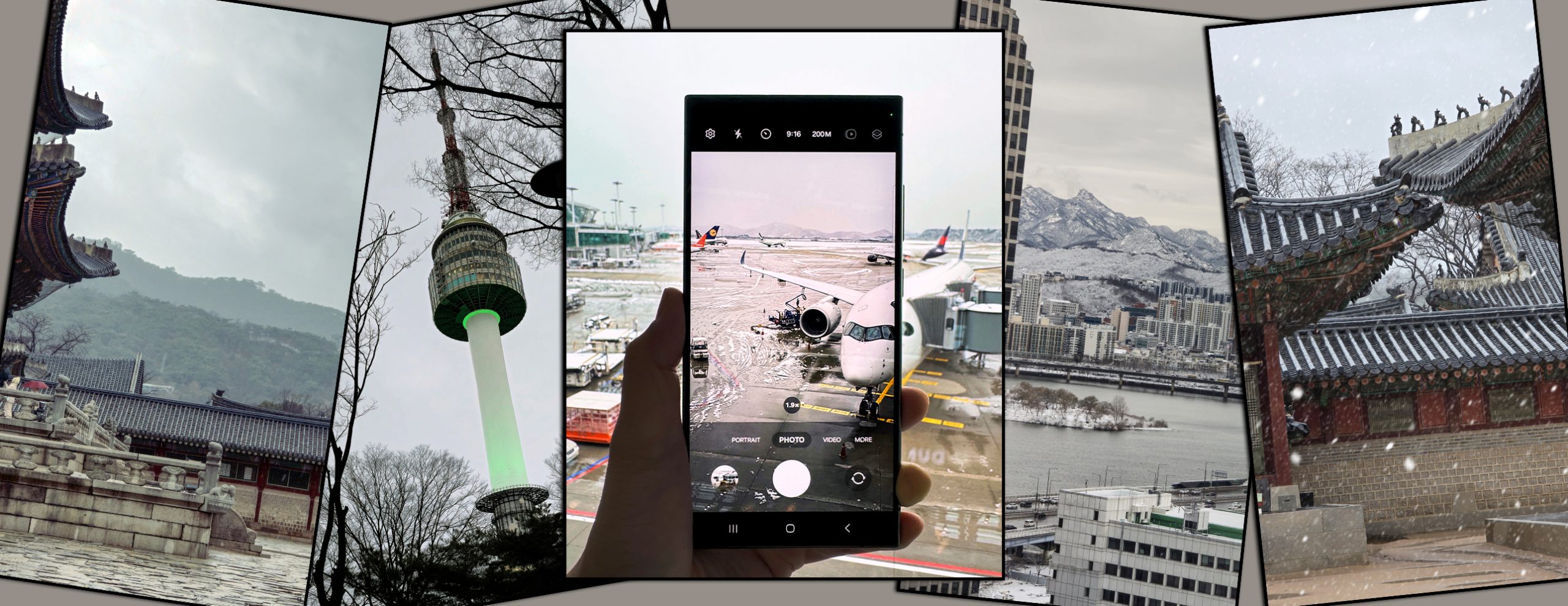
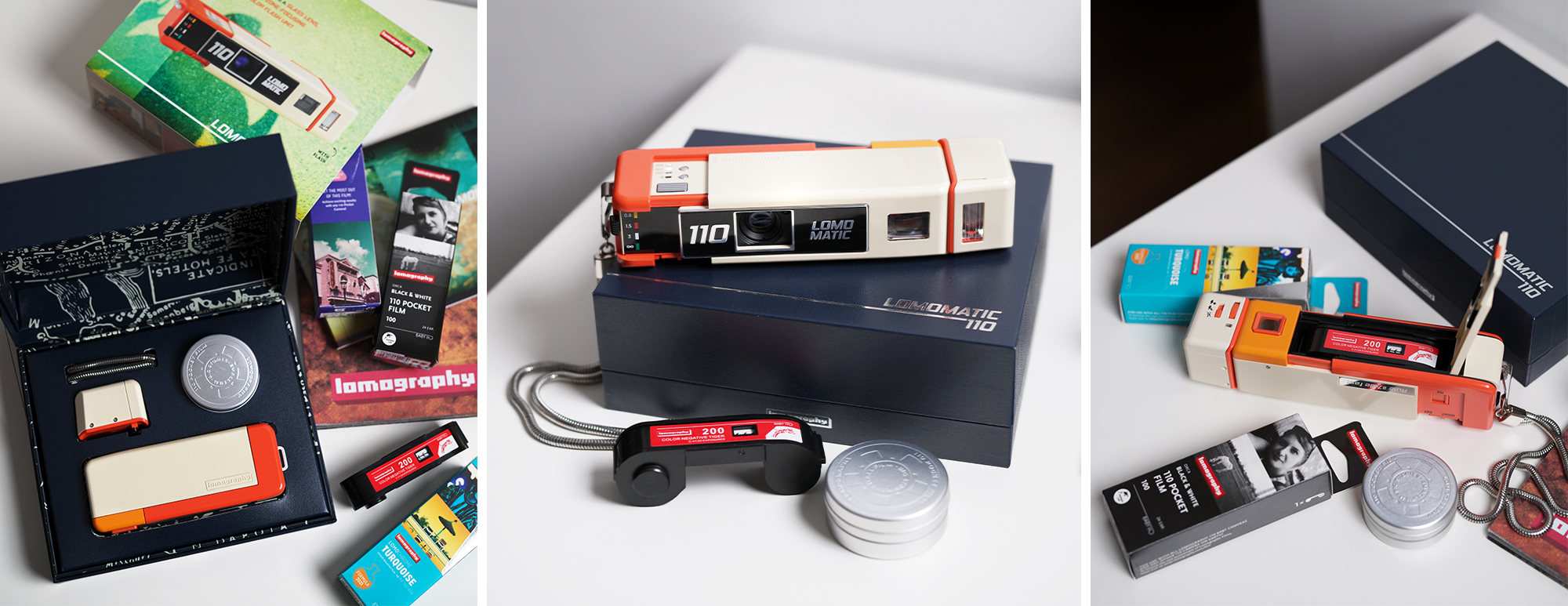
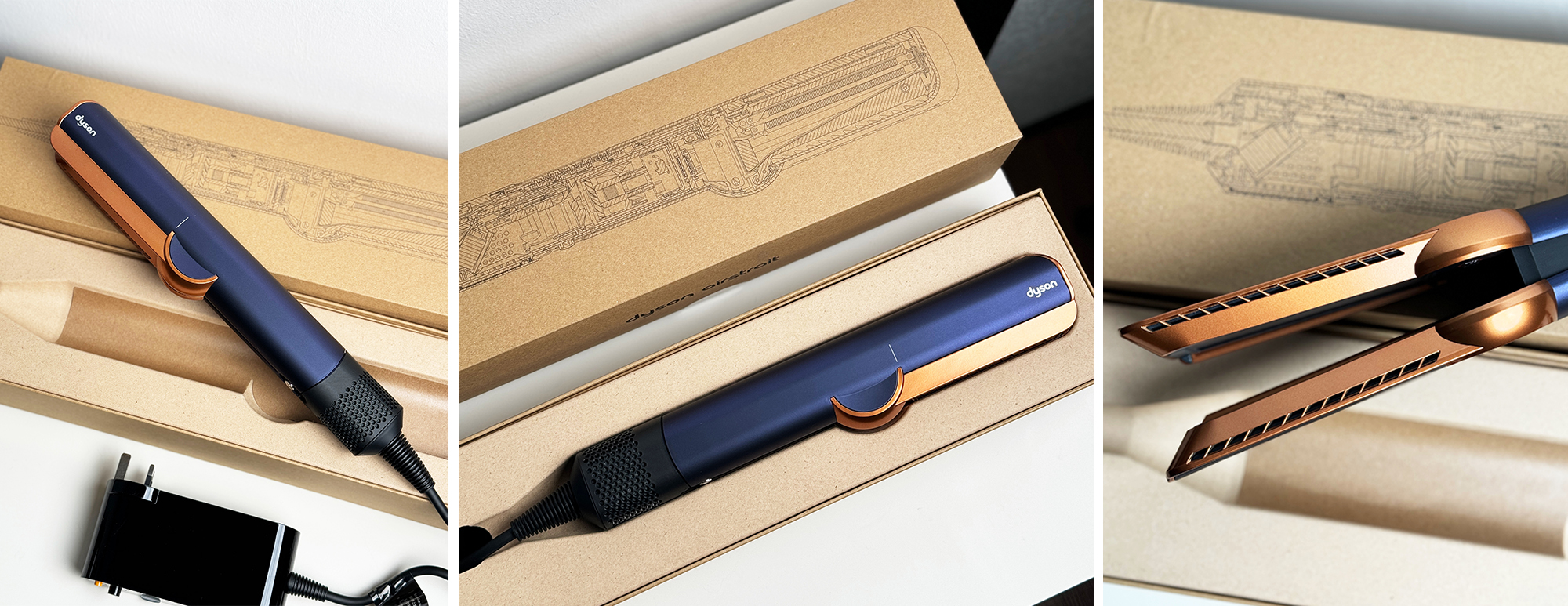
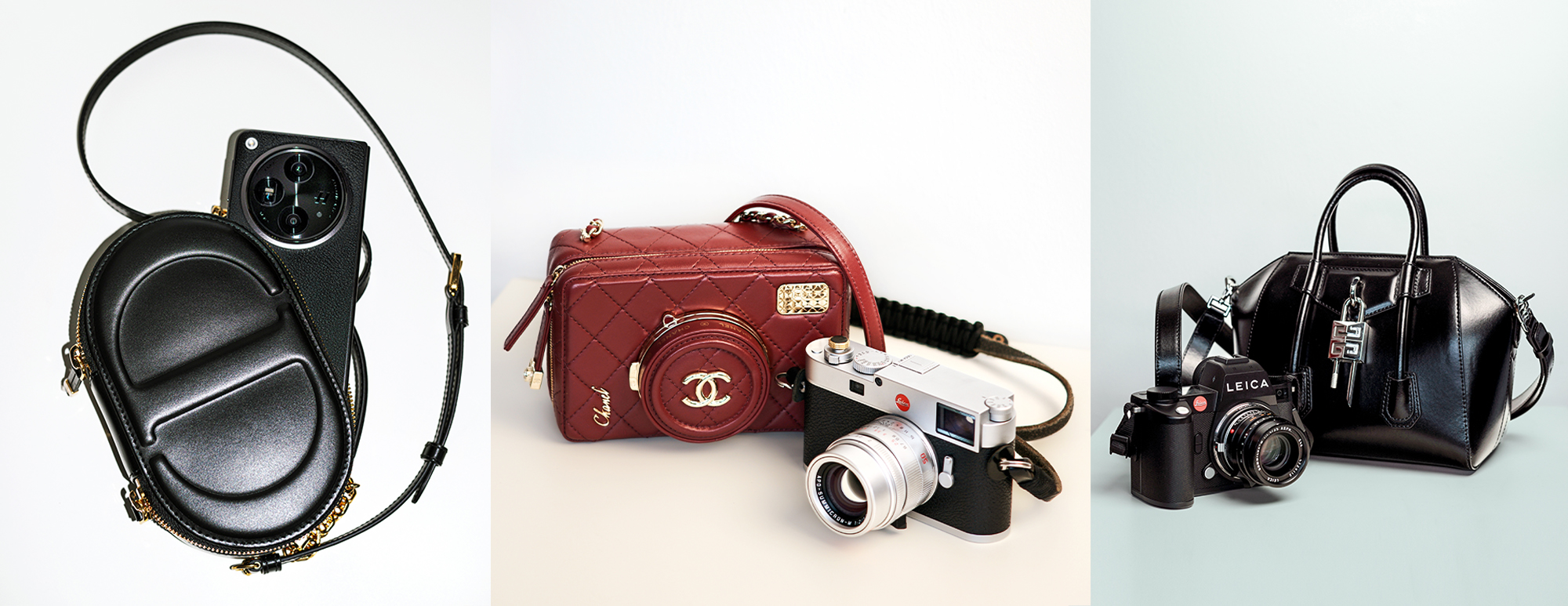
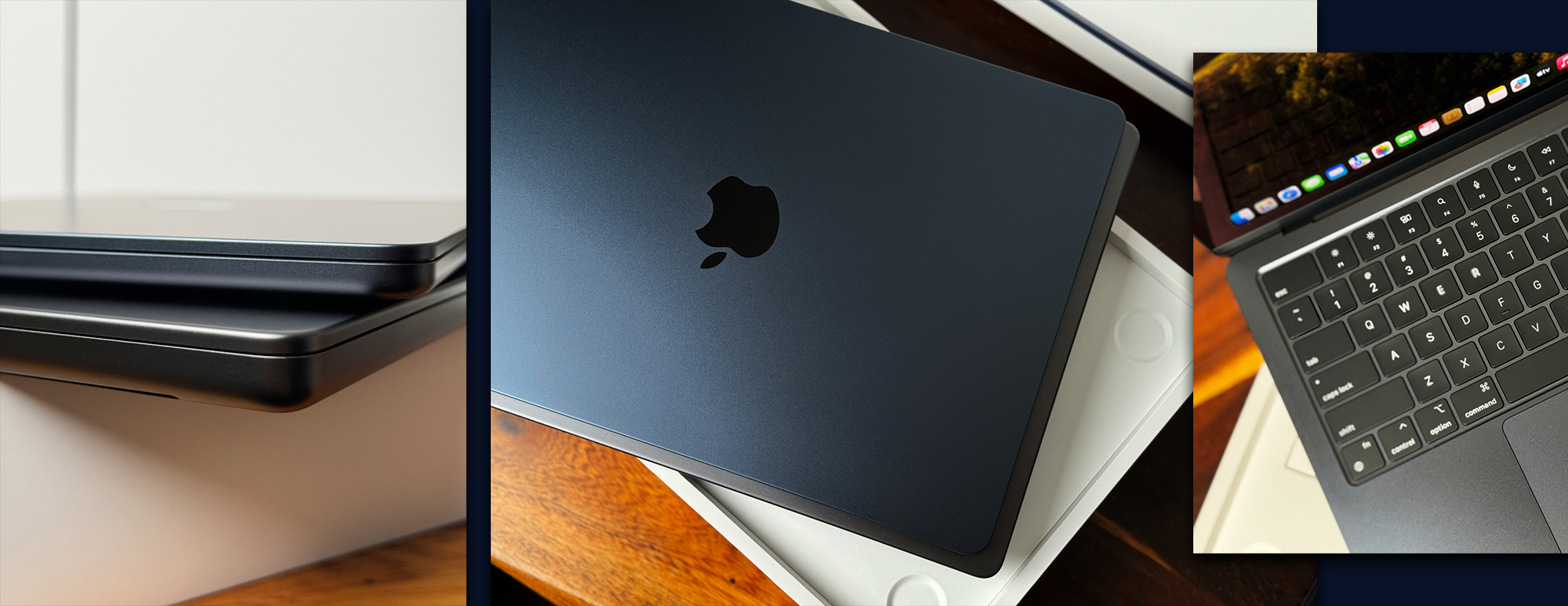
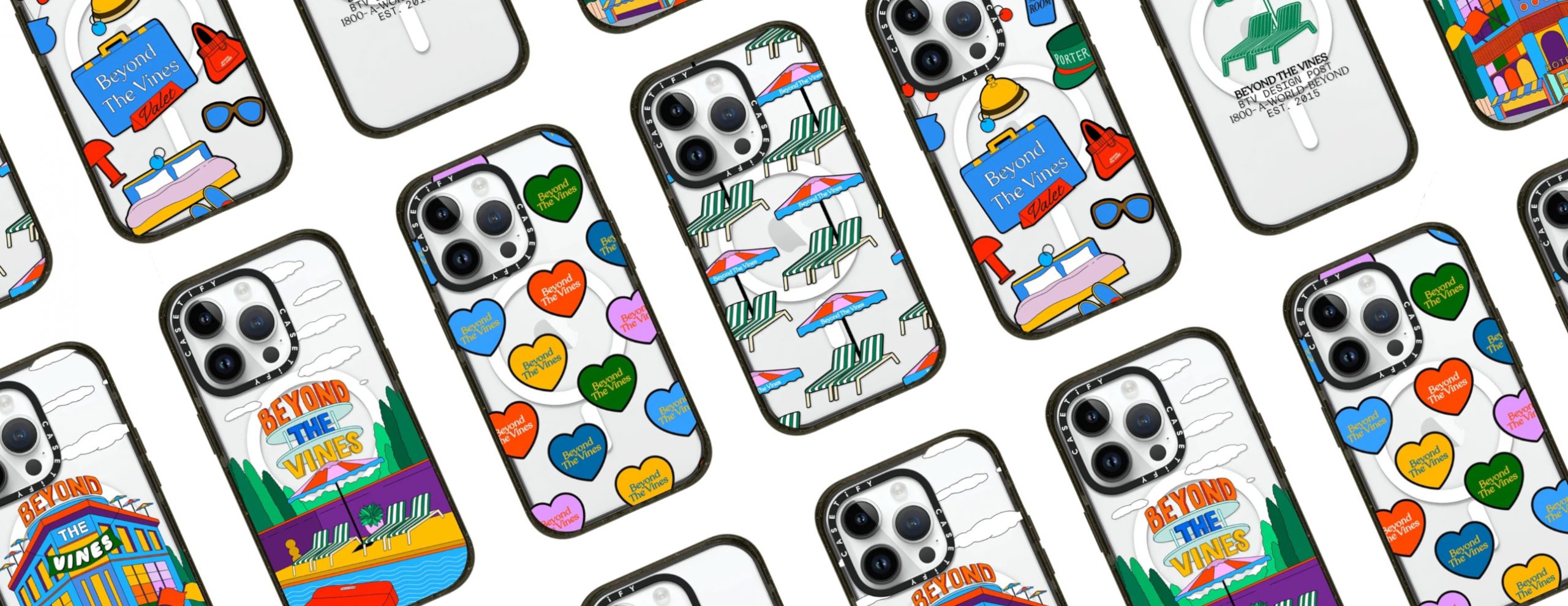
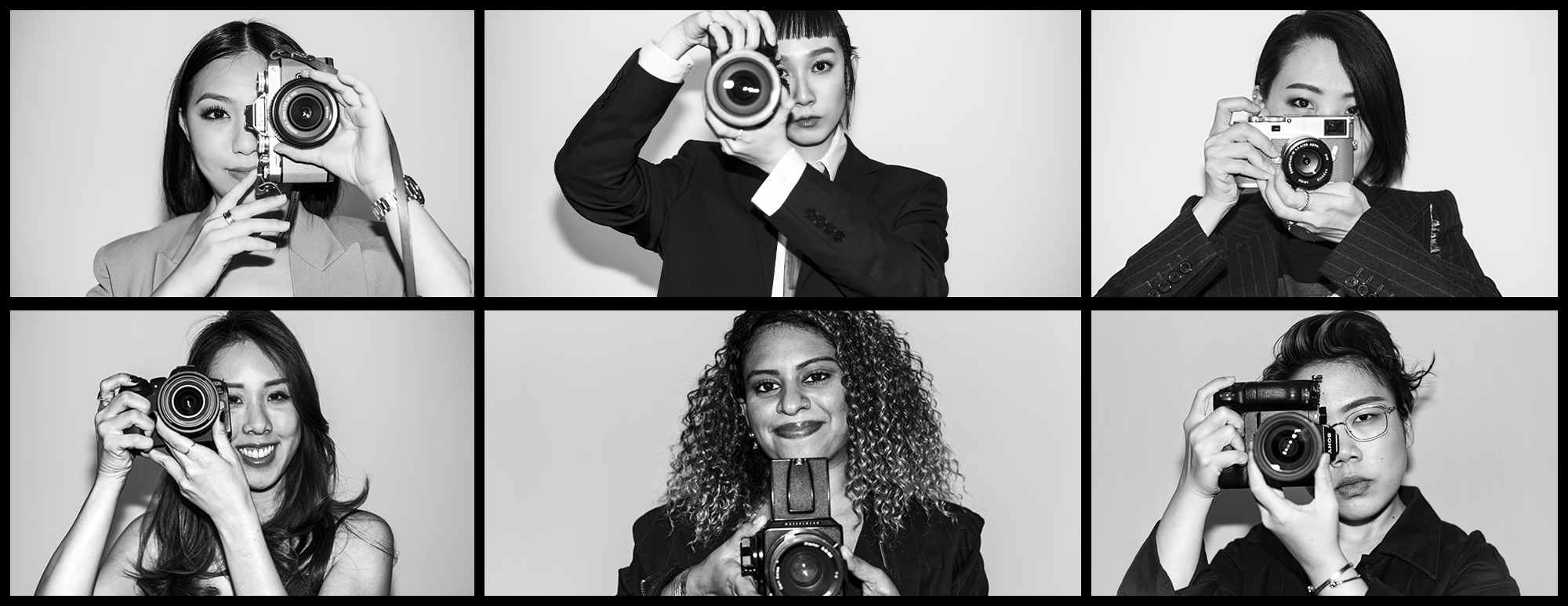
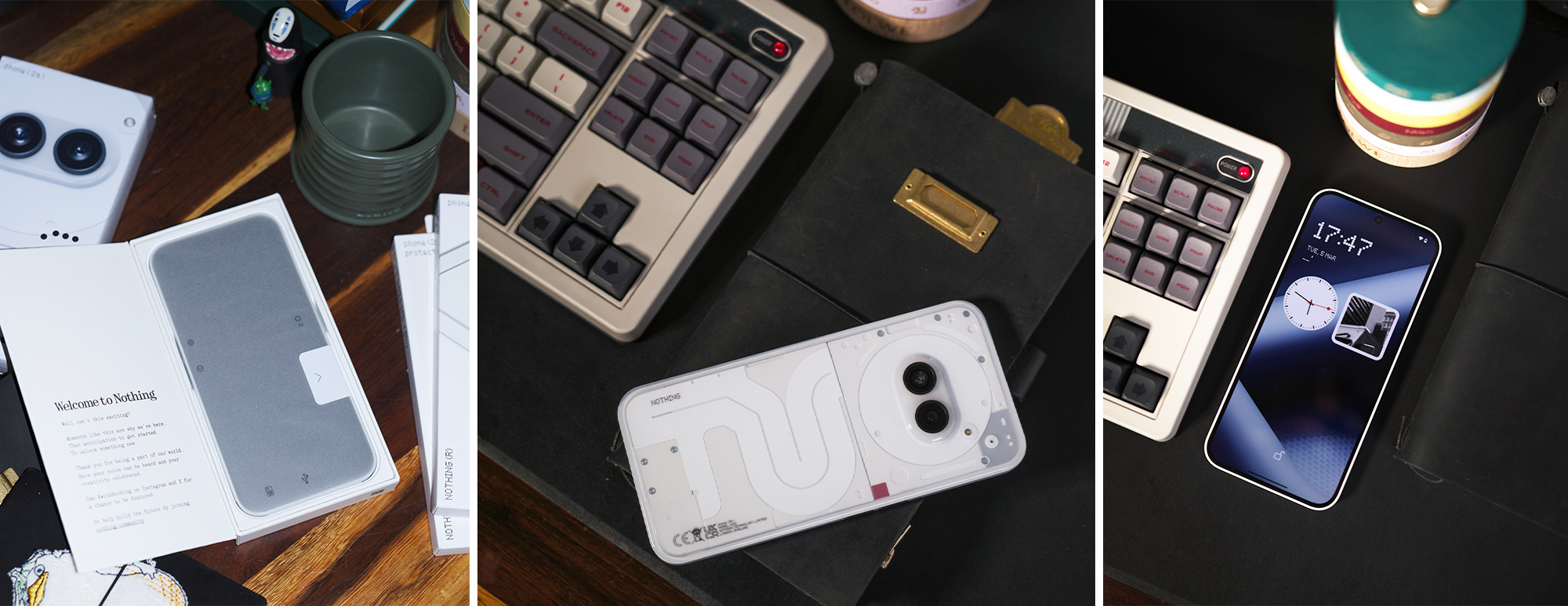

You must be logged in to post a comment.